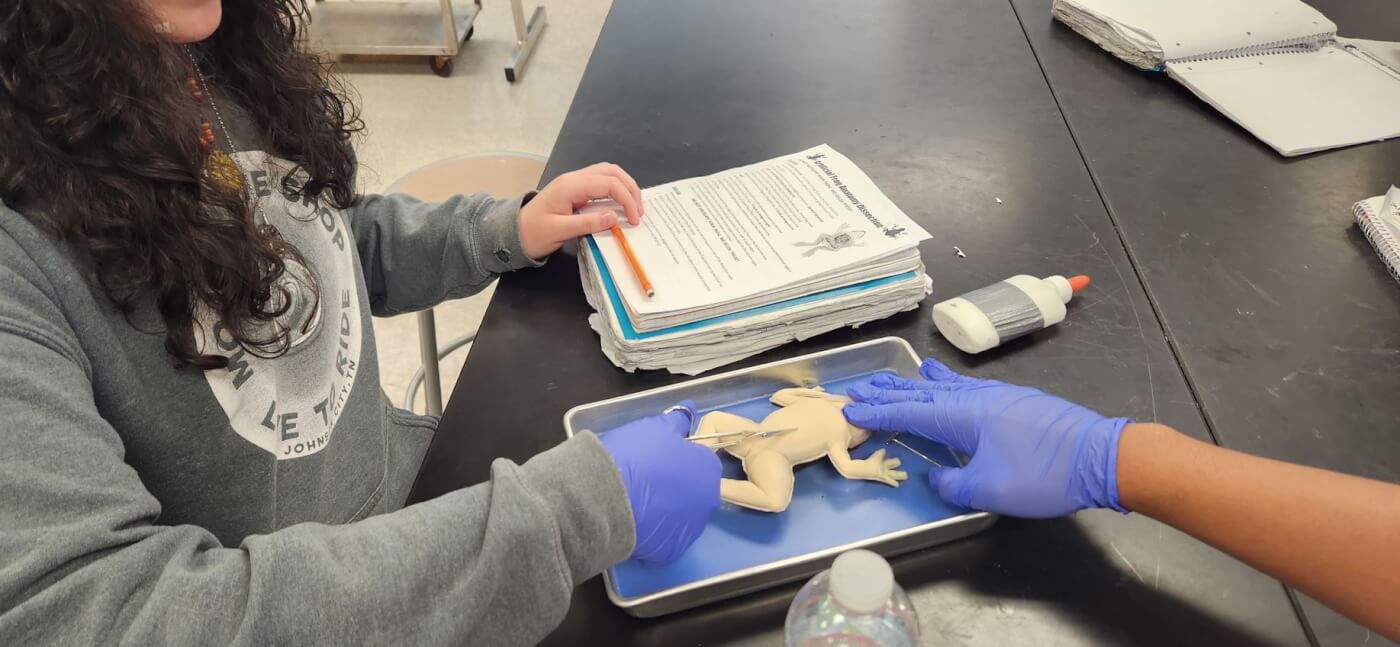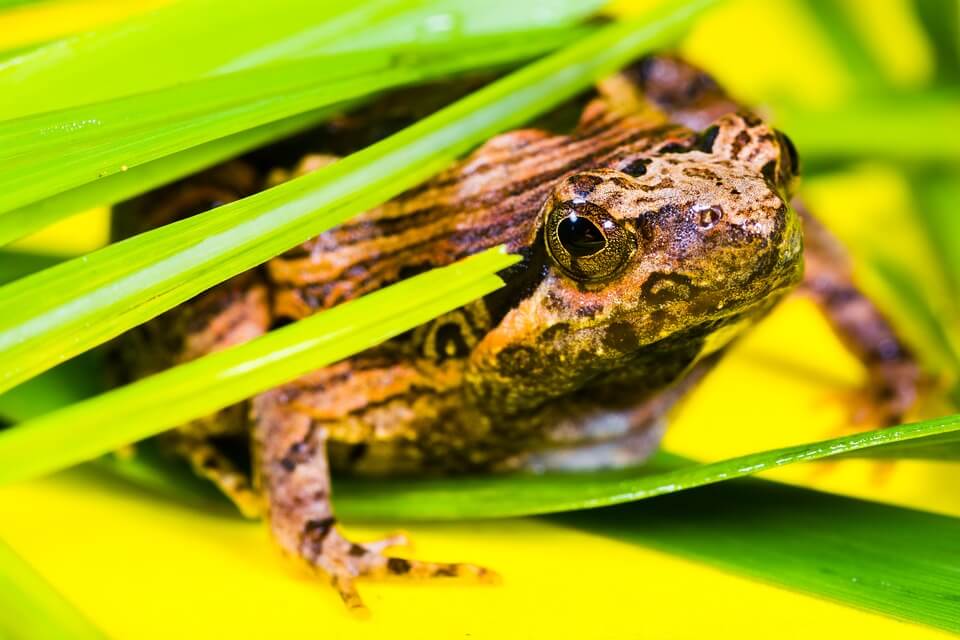California: Save Animals and Modernize Science Class!
Update (August 15, 2024): Today’s disappointing vote, which is a loss for animals, students, teachers, and science education, will not deter PETA’s efforts to end the deadly and completely needless use of animals for dissection. Dissecting animals has no place in a modern classroom, and has shown to deter students from going into the sciences—and they deserve better. We’ll keep supporting the many schools who are already interested in and adopting superior, non-animal teaching methods and will continue to push for these protections for animals and students. PETA thanks Assemblymember Ash Kalra for introducing this important bill.
Update (June 20, 2024): Moving right along! Bill 2640, the CLASS (Compassionate Learning Advancements for Science Students) Act, which would require that educators inform students about the sourcing of and environmental concerns regarding animal dissection as well as their legal right to opt out of it, has passed out of the California Senate Education Committee and will continue working its way through the state Senate.
Originally posted on March 18, 2024:
Talk about a class act! California legislators have just proposed a PETA-backed bill that could modernize science education and empower students to opt out of cruel classroom lessons. Assembly Member Ash Kalra (D–San Jose) introduced Bill 2640—the CLASS (Compassionate Learning Advancements for Science Students) Act—sponsored by PETA, Social Compassion in Legislation (SCIL), and the Physicians Committee for Responsible Medicine.
What Is the CLASS Act?
If passed, the CLASS Act will require that teachers inform their students about the sourcing and environmental concerns with dissection as well as their right to choose a non-animal replacement. This trailblazing bill would support a more inclusive, trauma-informed learning environment and could help prevent the deaths of many animals each year.
Animal Dissection Is a Lesson in Cruelty
Every year, more than 10 million animals are used for classroom dissection in the U.S.—and many of them, such as frogs, are specifically killed for this archaic practice. Frogs and some other animals are taken from their homes in nature, whereas others come from breeding facilities. Fetal pigs who end up on a dissection tray are often cut from their mother’s womb in a bloody slaughterhouse. Cats used for dissection could have been someone’s lost companion.
Educators should foster a compassionate learning environment—but forcing students to cut animals open promotes the exact opposite. Animal dissection teaches students that our fellow animals are nothing more than tools or props to be mutilated and then discarded. It also wastes school funds, exposes students and educators to formaldehyde—a known carcinogen—and deprives students of using advanced simulation methods, which studies show are superior to cutting up animals.
Students Deserve Better Science
No medical school in the U.S. or Canada engages in animal dissection as a teaching tool. Advances in medical-simulation technology, educators’ needs for better teaching and assessment tools, and the growing concern about using animals in experiments have all contributed to a paradigm shift in biomedical education. Today, simulation-based teaching is the best-practice standard in medical schools. All students, including those in grades K–12, deserve to be able to use it.
“Dissection is an outdated, dangerous, and inhumane practice that California needs to put behind us,” said Judie Mancuso, founder and CEO of SCIL. “Digital technologies offer a much better understanding of animal anatomy and spare children being exposed to formaldehyde, a known carcinogen. HR 28, the Humane Education Resolution, sponsored by SCIL in 2015 and adopted with bipartisan support, reminds schools that they are required by law to promote empathy, compassion, and respect toward animals in classrooms. Forcing kids to cut animals open does the exact opposite. There is nothing in current law that requires teaching dissection. It’s an easy choice for schools to transition to an approach that is safe, inexpensive, modern, and humane.”

Studies show that students who use non-animal methods perform as well as, if not better than, peers who dissect animals, according to a systematic review published in The American Biology Teacher, a leading, peer-reviewed science-education journal. Non-animal methods—such as eMind digital dissection software and synthetic dissectible models—also cut costs and reduce waste. Top academic programs, including the International Baccalaureate, the Next Generation Science Standards (which California adopted in 2013), and the College Board’s Advanced Placement program, don’t require—or even mention—animal dissection in their curricula.
Help Us End Animal Dissection
PETA’s humane science education division, TeachKind Science, works with educators to replace the use of animals in the classroom with interactive dissection software and realistic models.
If you’re a parent, talk to your child about saying NO to animal dissection and asking for a modern, humane option. If you live in California, tell your legislators that you’re in favor of the CLASS Act:
Note: PETA supports animal rights, opposes all forms of animal exploitation, and educates the public on those issues. PETA does not directly or indirectly participate or intervene in any political campaign on behalf of or in opposition to any candidate for public office or any political party.


